
Ten Years On: Tomb Raider: Legend
Did you know that Tomb Raider has been rebooted three times? The facelifts began with the ill-thought out Angel of Darkness, which saw Lara make a moody return after supposedly being killed off in the Last Revelation. It was a bizarre mess of a game that most people prefer to forget. You’re probably familiar with the most recent makeover, the gritty origin story from 2013, which imbued the series with a darker, more serious theme in a far more successful manner.In between these came Tomb Raider: Legend, Crystal Dynamics’ first stab at the series, and arguably the best Tomb Raider there has ever been. It modernised the game mechanics in ways that still have relevance in today’s 3D action games, while also cleverly navigating the tricky path of updating Lara’s character without entirely abandoning the spirit of the original games.
It’s also simply a great adventure, seeing Lara trekking all over the globe in search of the fabled sword Excalibur. She explores the ruins of an ancient civilisation in Bolivia, battles Yakuza gangsters in Tokyo, and delves into the Tomb of King Arthur in…erm…Cornwall. Obviously, the game lacks the visual razzmatazz of Crystal Dynamics’ more recent efforts, but the lithe animation and slick control scheme help ward off the ravages of time.
Indeed, I was surprised at just how many modern platforming conventions are present and correct in Legend. You know that thing in Uncharted and the newer Tomb Raiders where your character’s hand sometimes slips when they grab onto a ledge, and you need to quickly press a button to prevent them falling? That was first introduced in Legend. In fact, much of the credit given to Uncharted for modernising action-adventure games should probably be directed toward Legend, particularly the notion that a game’s flow is just as important as its challenge.
It's been a long time since I played any of the Tomb Raider games from the nineties, but I recall watching my partner struggle through Tomb Raider II a couple of years ago, and it was like watching someone try to drive a truck through a hedge-maze. The puzzles are fiendishly tough and the old joke about jumps requiring pixel-perfect judgement is entirely true. Even in Tomb Raider: Anniversary, Crystal Dynamics' remake of the original which it did after Legend, the game is noticeably tougher despite the efforts to update it. Levels such as St Francis’ Folly are hugely complex puzzle sequences which, while undeniably impressive, are also a nightmare to navigate.
Legend represents a distillation of the essence of Tomb Raider, refining the original idea while removing many of the niggling impurities which had dogged the series up to that point. The platforming is both more generous and more fluid. Liberated from the grid-based navigation of the original titles, Legend allows for far speedier traversal of walls and obstacles. It focusses on the fun of exploring an environment rather than the difficulty of it, also seen through new gizmos such as the grappling hook, allowing Lara to swing smoothly from point-to-point and interact with objects from a distance.

MSI MPG Velox 100R Chassis Review
October 14 2021 | 15:04

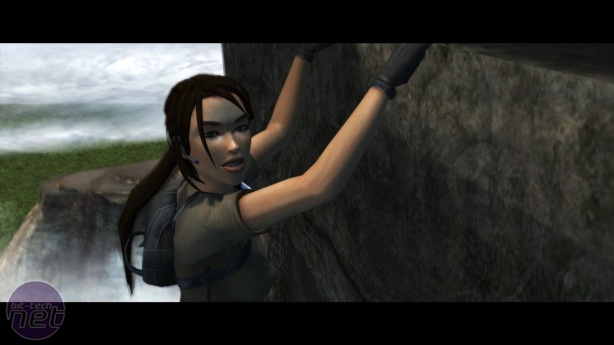
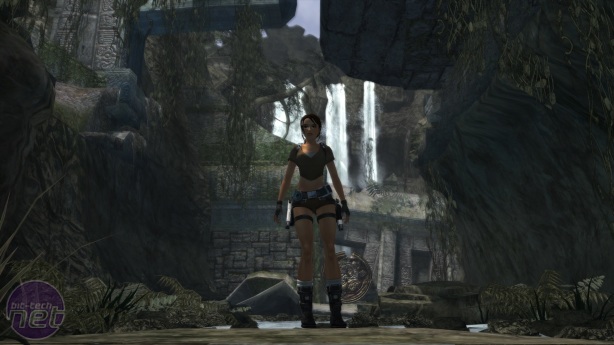
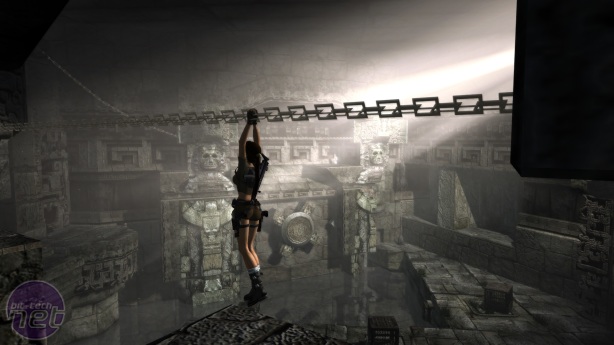
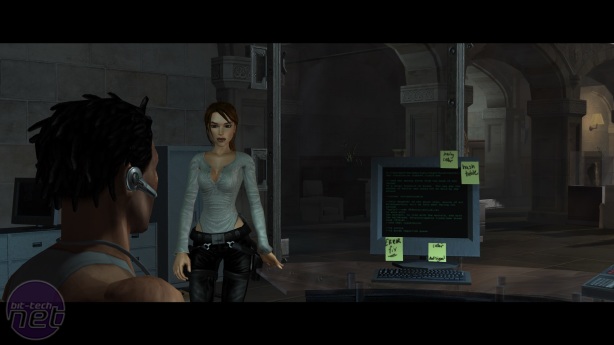


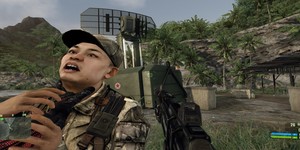





Want to comment? Please log in.